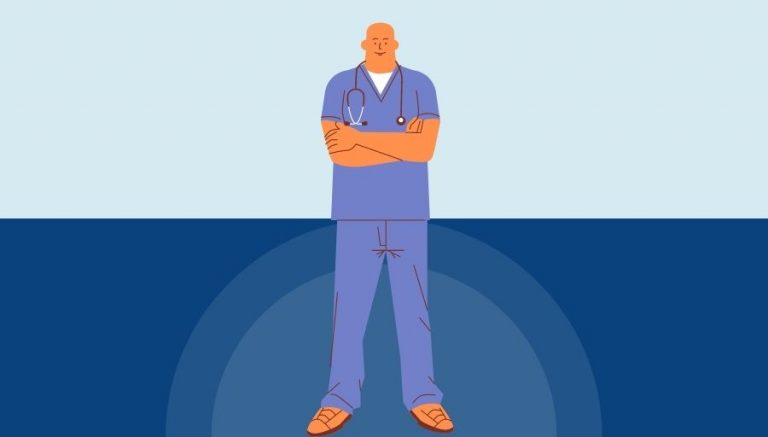How To Use CPT Code 41830
CPT 41830 describes the surgical procedure known as alveolectomy, which involves the removal of a part of the alveolar process, including the curettage of osteitis or sequestrectomy. This article will provide a detailed analysis of CPT code 41830, including its official description, the procedure involved, qualifying circumstances, appropriate usage, documentation requirements, billing guidelines, historical information, and examples.
1. What is CPT Code 41830?
CPT 41830 is a code used to describe the surgical procedure called alveolectomy. This procedure involves the excision of a portion of the alveolar process, which is the bony ridge that forms the borders of the upper and lower jaw and contains the sockets for the teeth. During the alveolectomy, the provider also performs curettage of osteitis, which is the removal of inflamed bone, and sequestrectomy, which is the removal of dead bone known as sequestrum.
2. Official Description
The official description of CPT code 41830 is: ‘Alveolectomy, including curettage of osteitis or sequestrectomy.’
3. Procedure
- The provider begins by preparing and anesthetizing the patient.
- An incision is made in the mucosa, the moist mucous membrane, to gain access to the alveolar bone or process in the mouth.
- The provider then uses drills or other tools to remove the targeted area of the alveolar bone.
- During the procedure, the provider also removes any dead bone, known as sequestrum, and performs curettage of osteitis to eliminate any inflamed bone.
- After ensuring there is no excessive bleeding, the provider removes any instruments and closes the incision in the mucosa.
4. Qualifying circumstances
CPT code 41830 is used when a patient requires alveolectomy, curettage of osteitis, or sequestrectomy. This procedure is typically performed when there is a need to remove a portion of the alveolar process due to inflammation, infection, or other conditions affecting the bone. It is important to note that this procedure should only be performed by a qualified healthcare professional with the necessary expertise and training.
5. When to use CPT code 41830
CPT code 41830 should be used when the provider performs alveolectomy, including curettage of osteitis or sequestrectomy. It is important to accurately document the specific procedure performed and ensure that it aligns with the description provided by CPT code 41830.
6. Documentation requirements
To support a claim for CPT code 41830, the provider must document the following information:
- Patient’s diagnosis and the need for alveolectomy
- Details of the procedure performed, including the specific areas of the alveolar process that were excised
- Documentation of curettage of osteitis or sequestrectomy, if applicable
- Date of the procedure
- Any complications or unexpected findings during the procedure
- Signature of the provider performing the procedure
7. Billing guidelines
When billing for CPT code 41830, it is important to ensure that the procedure performed aligns with the description provided by the code. Additionally, it is crucial to follow any specific billing guidelines provided by the payer or relevant coding guidelines. It is also important to note that if the provider performs alveoloplasty of each quadrant, CPT code 41874 should be used instead of 41830.
8. Historical information
CPT code 41830 was added to the Current Procedural Terminology system on January 1, 1990. There have been no updates or changes to the code since its addition.
9. Examples
- A patient undergoes alveolectomy to remove a portion of the alveolar process affected by osteomyelitis.
- A provider performs alveolectomy and curettage of osteitis to address a patient’s chronic periodontal disease.
- An individual requires alveolectomy and sequestrectomy to remove a sequestrum resulting from a previous dental extraction.
- A patient undergoes alveolectomy to address a bony defect in the alveolar process caused by trauma.
- A provider performs alveolectomy and curettage of osteitis to treat a patient with chronic inflammation of the alveolar bone.
- An individual requires alveolectomy and sequestrectomy to remove a sequestrum resulting from a dental infection.
- A patient undergoes alveolectomy to address a bony defect in the alveolar process caused by a tumor.
- A provider performs alveolectomy and curettage of osteitis to treat a patient with chronic osteomyelitis of the alveolar bone.
- An individual requires alveolectomy and sequestrectomy to remove a sequestrum resulting from a dental implant complication.
- A patient undergoes alveolectomy to address a bony defect in the alveolar process caused by a developmental anomaly.



